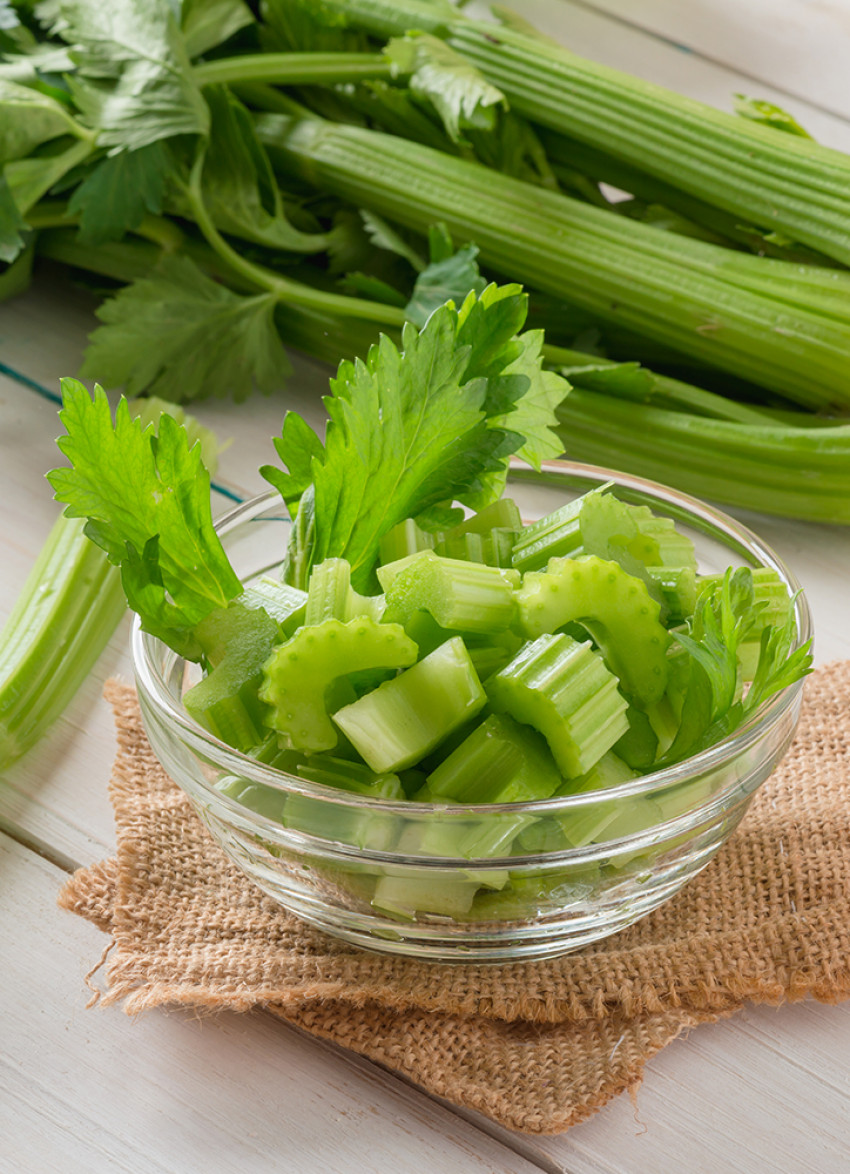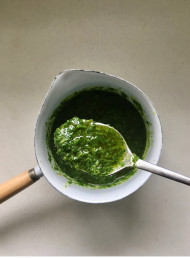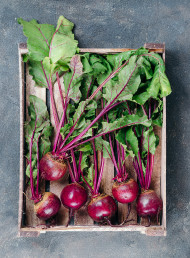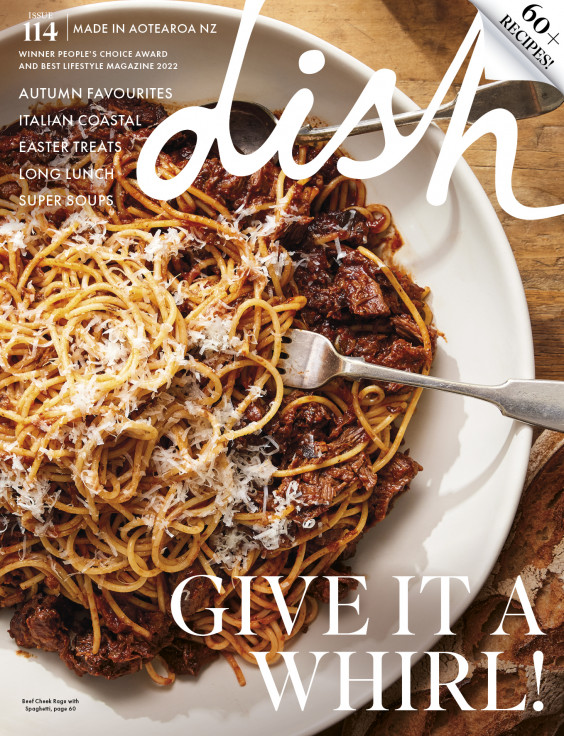Jane Lyons: Flour & Water

Waste not, want not has rarely been more pertinent than in today’s world. Jane Lyons shows us how to make the most of what we have.
Why not celebrate the arrival of the new season with a spring clean of arguably the most important space in the house? Fridge clean-outs can be devilish things – mountains of produce catapulted into the bin, dirty jars swiftly dumped into the recycling and containers of leftovers hurtled out of sight. I urge you to take a fresh approach to your fridge – make Sunday a regular “fridge pie/pizza/soup” day to use up leftovers and make an effort to freeze odds and ends of items like yoghurt and milk in ice trays to throw into smoothies in the morning.
TO EAT: Celery
A character all too familiar for many, sad Mr Celery doesn’t have a lot going for him at first glance. But give him a second and third chance by:
1 Roasting – chop celery into batons and roast with olive oil, a splash of apple cider vinegar and a pinch of sea salt. Sprinkle generously with currants and feta and serve with garlic-rubbed toasted sourdough for lunch or as a salad.
2 Quick pickling – dice celery (2-3 cups) plus an onion if desired and place in a large sterilised jar with a sprinkle of dill seeds or 2 sprigs fresh dill. In a saucepan heat 1 cup water with 2 cups white vinegar and bring to a simmer. Remove from heat and stir in 2 tablespoons sugar. Pour hot liquid into jar and leave to cool before sealing and refrigerating. Serve with cheese, in burgers and tacos or with fried foods.
To think about: Dissecting the lingo: plastic bags and packaging
These days we’re paying much more attention to our disposable packaging – but how do we know what’s what?
Degradable the plastic can be broken down, but only into smaller pieces which stay in our soil and water systems.
Biodegradable when exposed to living organisms, this type of plastic has the ability to break down over time into molecules; the catch is that in New Zealand there’s no time limit on how long this will take and no rules surrounding toxic waste that may be left behind.
Compostable this is designed to break down – in a far shorter timeframe than biodegradable packaging – into a substance that supports plant matter. Some brands such as Bostock Brothers are creating home compostable packaging which can be broken down in four to six months in a well looked after home compost (see Side Dishes, page 14).
So what to do? Try to avoid single-use packaging, take a reusable container for takeaways, carry a keep-cup for coffee, keep cutlery and reusable chopsticks in your glove box and use cloth bags for produce and groceries.
To preserve: Shrub Syrup
A shrub syrup is a good old-fashioned method of combating wastage. By steeping slightly soft fruits or wilting herbs in vinegar and turning into syrup, you’ll not only give produce a second life, but you’ll have a delicious cocktail or soda syrup to sip as a result.
Ingredients
2-3 cups fruit or herbs of choice, roughly chopped
750ml white vinegar
½ cup raw sugar
Recipe
Place fruits and herbs in a sterilised 1-litre capacity jar and muddle gently to release juice.
Bring vinegar to the boil in a medium-sized saucepan. When boiling, remove from heat and pour over fruits in jar.
Once cool, wipe the rim of the jar and seal. Leave to infuse from 24 hours to four weeks.
Once the shrub has reached the desired flavour, strain the fruit from the vinegar through a sieve or a cheese cloth into a medium-sized saucepan. The soaked fruit can be kept for pickling and chutneys.
Add the raw sugar to the pan with the fruit-infused vinegar and gently bring to a simmer, stirring constantly. Remove from heat and taste – it should be tart, but pleasantly so, with a fruity flavour.
Flavour combination ideas: rhubarb and rosemary, beetroot and orange, citrus and black peppercorn.
latest issue:
Issue #114
Autumn has arrived, and with it, the latest issue of dish, jam-packed with recipes that will have you fizzing to get in the kitchen! With a long Easter lunch featuring perfectly pink, blushing roast leg of lamb and wildly decadent baked mashed potatoes with caramelised onions, to simply scrumptious chocolate treats and sensational seasonal baking this issue has you covered - we reckon the Hot Cross Buns are our best yet! Salads make way for soothing soups, pies, puddings and our cover star beef cheek ragù with spaghetti – a must-make dinner for family and friends. With over 60 recipes in our latest issue there’s plenty of inspiration to keep you busy – and well-fed! Don’t forget to share your dish dishes with our Facebook community.



